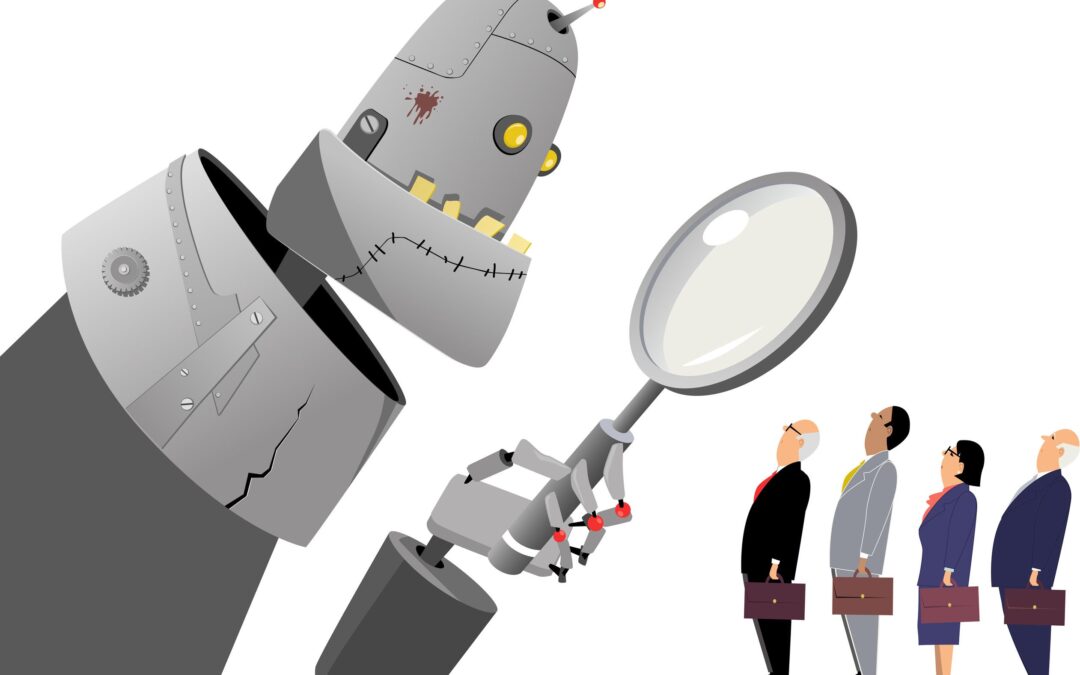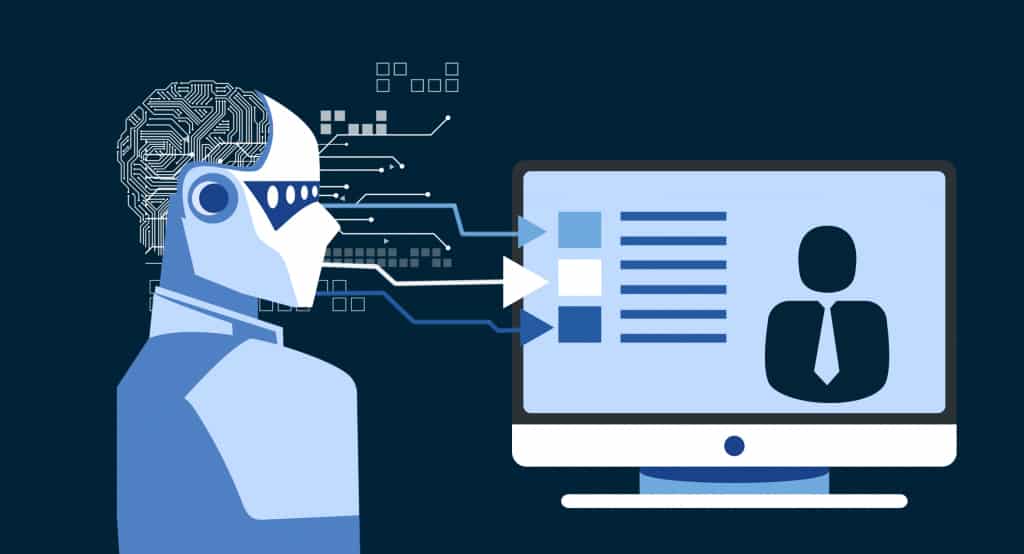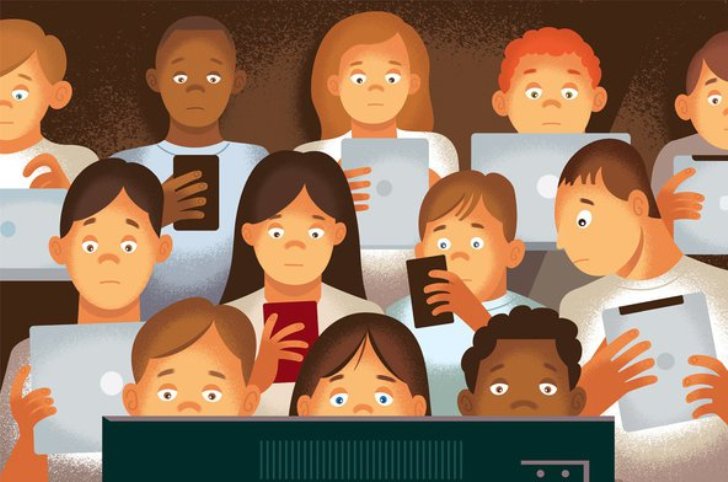
Exit Interviews and Why you Should Conduct Them
If this is the first time you are coming across this term, “Exit Interviews”, a good place to begin the post would be by explaining what it is. Simply put, an exit interview is an interview you conduct with a team member who is leaving the company. To clarify, an exit interview is conducted with an employee who is resigning, and not one who is asked to leave for reasons already known. While recruiting someone, the conversation with the potential candidate usually involves discussing why the said person is interested in the job. Similarly, for an exit interview, the conversation is about why the team member wants to leave.
And why should you conduct these? Here’s why.
-
You will get a good gauge of any problems within the company
The prime reason for conducting exit interviews is to try and understand how you can create a better environment, and work culture. The only way you can take proactive steps towards this is when you know what the internal problems are. It is usually harder to get an honest perspective of what’s not working on the inside, from employees. However, a frank discussion with someone who is leaving, might give you valuable insights into what you may have to engage with in order to bring about positive changes to the work space. A starter question for the conversation could be something along the lines of, “what do you think the company can change to be better?”
-
You will understand why people are leaving
High retention and low attrition is one of the goals every company aspires to achieve. Conducting exit interviews with individuals who choose to leave the company will help you understand if there are any issues within your company that need your attention. The reasons for an individual leaving a company are varied, and at times it may have nothing to do with the company. For example, the individual in question may have been offered a better salary elsewhere, or may be leaving for personal reasons, or other reasons entirely beyond your control. It is nonetheless good to understand the reason, just so you don’t miss out on knowing whether there is a problem you can fix.
-
You create a culture of dialogue
Exit interviews cost almost next to nothing, unless you mind paying with your time. This is an extremely cost effective technique which also adds value to your HR process. Having a process like an exit interview is a great practice which speaks about your concern, as well as enthusiasm when it comes to the work environment in your company. More than anything else, it shows your willingness to invest in communication and dialogue. This goes a long way in creating a sustainable work environment, which nurture’s its employees. One where they know that how they feel and what they say makes a difference, it matters.
Besides all these reasons, an exit interview is also a great way to simplify the way forward for both yourself, and the individual who’s leaving. Any last minute paper work/ surprises can be avoided with this step. Overall, it provides an opportunity to end the professional relationship on good terms.





